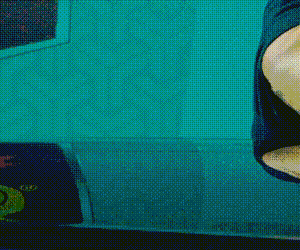Tesla has made a lot of noise in recent weeks about its long-awaited, so-called ‘Full Self-Driving’ technology being available in Australia.
Full Self-Driving (FSD) claims to be able to drive the equipped vehicle on its journey with no input from the driver, however the occupant behind the steering wheel must always be prepared to take control.
By classifying Full Self-Driving supervised as a ‘Level 2’ semi-autonomous driving system, the vehicle’s driver is still deemed as the one in control, not the car itself, providing a legal loophole which puts the onus on the human in the driver’s seat.
Previewed to select Australian media members last month in local drives, prior to this Tesla teased the upcoming release of the technology locally by showing it navigating through Melbourne, which included the city’s famed hook turns.
FSD (Supervised) testing in Melbourne, Australia
And yes, that’s a hook turn pic.twitter.com/tjakHvRohP
— Tesla AI (@Tesla_AI) May 16, 2025
However, the ABC’s 7:30 program has found that the test wasn’t approved by the Victorian Government, as Tesla reportedly did not seek a relevant permit “to ensure that on-road trials are conducted safely”, as required by the state’s autonomous vehicle laws.
“The Department of Transport and Planning has not approved any testing of fully autonomous vehicles in Melbourne’s CBD and it will continue to engage with Tesla,” a Victorian Government spokesperson told 7:30.
The recent media launch of Full Self-Driving – which Torquecafe did not attend – was held in Queensland, where the State Government told 7:30 “there was no requirement for Tesla to apply for a permit”, however local laws require drivers to “keep at least one hand on the steering wheel”.
Tesla is yet to make Full Self-Driving available to the public, despite the Model Y and Model 3 already being equipped with the required hardware four (HW4) cameras.

The technology has been able to order locally for $10,100 across the past few years, and customers who’ve already paid that fee will be first in line to have the system activated when it eventually arrives in the near future.
Initially available in the US as a beta service to a select group of 160,000 users who gathered real-time data for Tesla, the technology became publicly available in late November 2022 to all vehicles capable of running it.
At the time, it was not approved by US road safety regulators to be used unsupervised.
Last year, the National Highway Traffic Safety Administration – the peak body for road safety in the US – opened a probe into 2.4 million Full Self-Driving equipped Tesla vehicles following four crashes, which included one fatal incident.













Discussion about this post